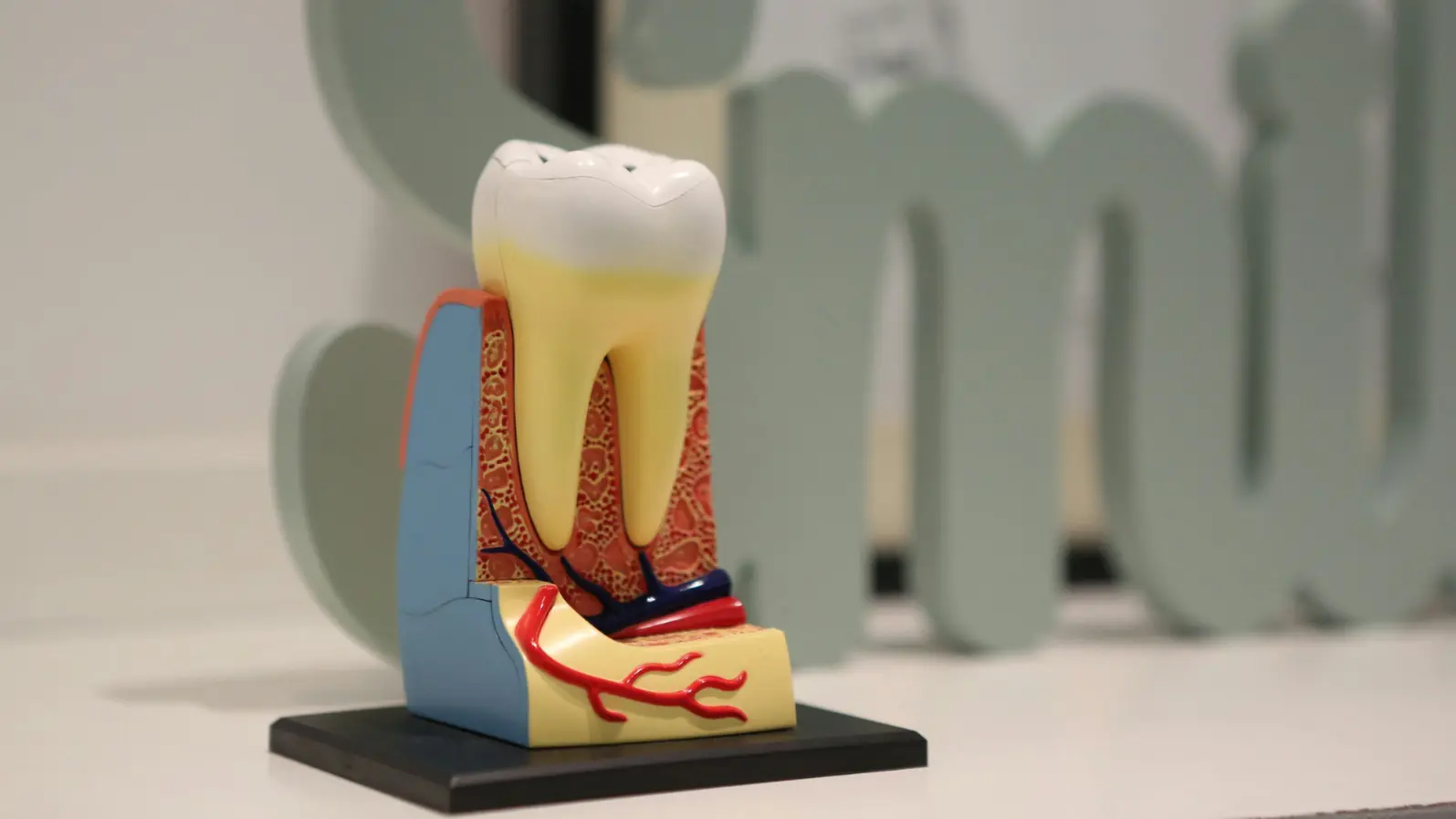
Building Human Enamel in the Lab: Scientists Unlock Secrets of Tooth Development
A single-cell roadmap offers new hope for enamel regeneration and genetic tooth repair
By Carigi Indonesia Science Desk
Based on: Alghadeer et al. (2023). “Single-cell census of human tooth development enables generation of human enamel.” Developmental Cell, 58, 2163–2180.
DOI: 10.1016/j.devcel.2023.07.013
The hardest material that can’t heal itself
Tooth enamel — the shiny, white armor that protects our teeth — is the hardest substance in the human body. Yet, once damaged, it cannot regenerate. Over 90% of adults experience enamel wear, but because the cells that create enamel (called ameloblasts) disappear after teeth erupt, our bodies have no way to repair it.
Scientists have long sought a way to regrow enamel or replace it biologically. However, the human tooth’s complexity and lack of regenerative stem cells have made that goal elusive — until now.
Mapping the tooth, one cell at a time
In a groundbreaking study published in Developmental Cell, a team led by Ammar Alghadeer and Hannele Ruohola-Baker from the University of Washington performed a “single-cell census” of human tooth development.
Using single-cell RNA sequencing (sci-RNA-seq), they analyzed thousands of individual cells from developing human teeth (aged 9–22 gestational weeks). This detailed map revealed how each cell type — from supporting cells to enamel-producing ameloblasts — communicates and transforms as the tooth forms.
Their findings identified the key signaling pathways (like WNT, BMP, FGF, and TGF-β) that guide enamel formation and the precise genetic choreography behind it.
From stem cells to enamel-making cells
Armed with this cellular roadmap, the researchers went a step further: they recreated enamel-producing cells in the lab.
By carefully manipulating stem cells (induced pluripotent stem cells, or iPSCs) with specific growth factors that mimic the natural developmental signals, they successfully generated human ameloblast-like cells — capable of producing key enamel proteins such as Ameloblastin, Amelogenin, and Enamelin.
These lab-grown cells were then developed into 3D “tooth organoids”, miniature tissue models that mimic early enamel formation. When co-cultured with odontoblasts (the cells that form dentin), the organoids matured further and even began depositing mineralized material — an early sign of enamel-like structure.
Modeling genetic enamel diseases
The study also offers new insight into rare enamel disorders such as amelogenesis imperfecta, a condition where enamel formation is defective due to genetic mutations.
Using CRISPR-Cas9 gene editing, the researchers created a model of this disease in their enamel organoids. They found that cells lacking the AMBN gene (which codes for Ameloblastin) failed to develop proper polarity — a key step for functional enamel formation.
This provides a powerful tool for studying dental genetic disorders and testing potential treatments in the future.
A step toward regenerative dentistry
By replicating the human enamel formation process in the lab, this research marks a major step toward biological enamel regeneration — something previously thought impossible.
The findings could one day lead to “living” dental restorations, where damaged enamel is repaired using a patient’s own cells rather than artificial materials. It may also help in designing stem-cell-based therapies for tooth repair and understanding how to prevent developmental dental defects.
The future of “tooth-on-a-chip” science
Beyond its dental implications, this study showcases how single-cell and organoid technologies can revolutionize developmental biology. The team’s methods may inspire similar approaches for regenerating other complex tissues that don’t naturally heal — such as cartilage, inner ear cells, or corneal epithelium.
As lead author Hannele Ruohola-Baker notes, “By understanding every cell and signal in enamel formation, we’re building the foundation for a new era of regenerative dentistry.”
Reference
Alghadeer, A., Hanson-Drury, S., Patni, A. P., et al. (2023). Single-cell census of human tooth development enables generation of human enamel. Developmental Cell, 58(18), 2163–2180.